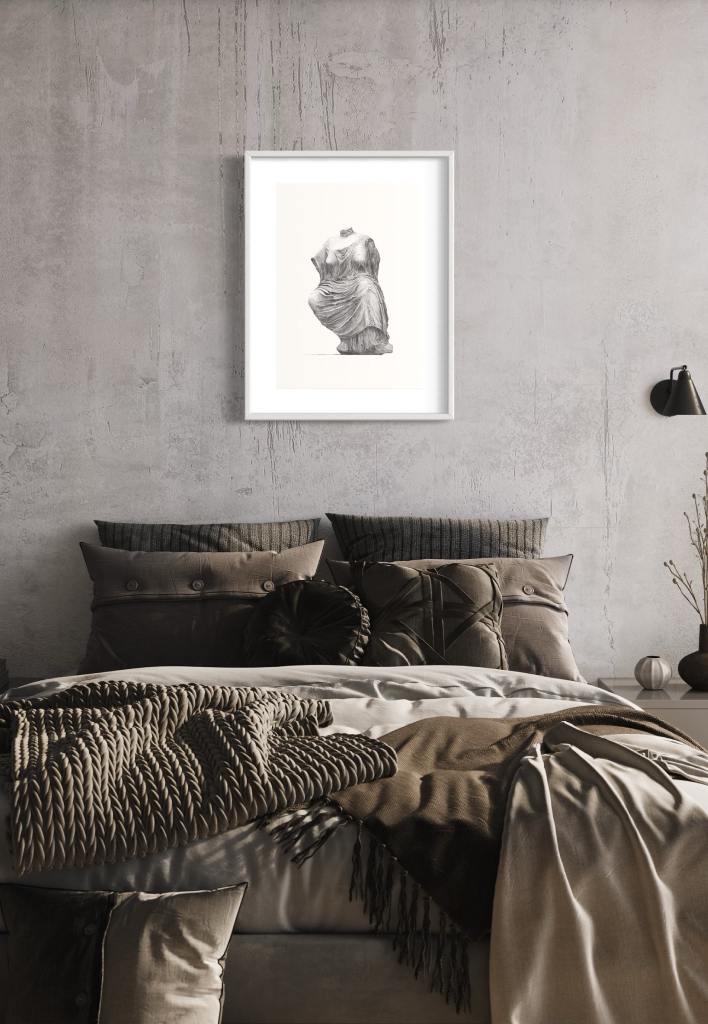A Limited Edition Print
Hestia of the Home & Family
Hestia of the Home & Family is a detailed illustration of one of the Parthenon Marbles. This illustration is part of a series of works which raise awareness of stolen Greek cultural artefacts which reside in the British Museum.
The Greek government and the Hellenic Diaspora have consistently called upon the British Museum to return these cultural artefacts to their rightful home in Athens, Greece.
The British Museum has to this date declined to do so.
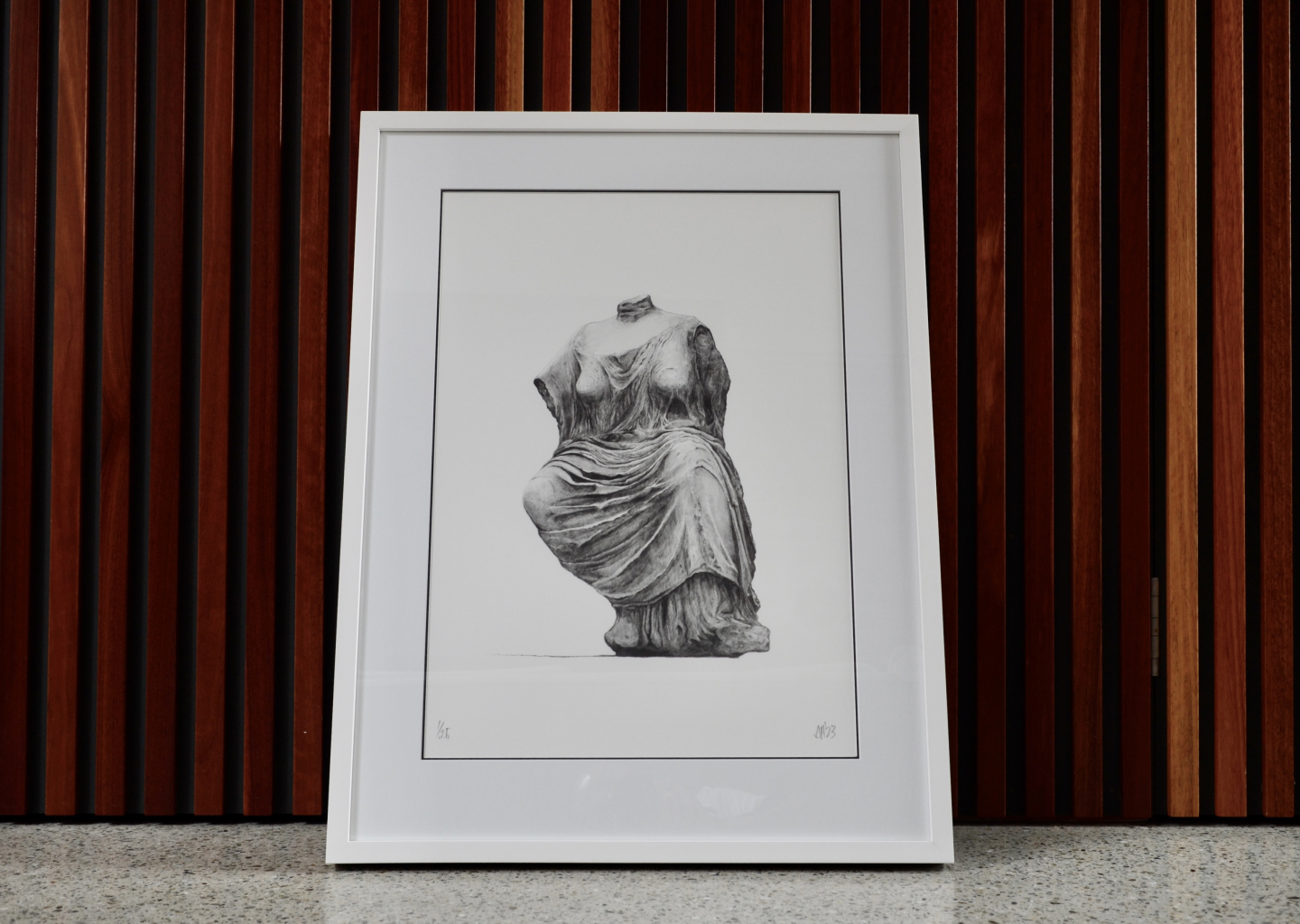

Framed A2 Limited Edition Print
Fine art print of the original illustration
Giclee high-quality art print
Moab Entrada Natural 300gsm
Framed in White box frame with double mount
Print Size: A2 W420mm x H594mm
Frame Size: W580mm x H760mm
Signed and Numbered by the Artist
Only 25 prints available
$900 AUD
The original illustration is made of raw graphite on textured fine art paper.
Each print is framed and prepared to order.
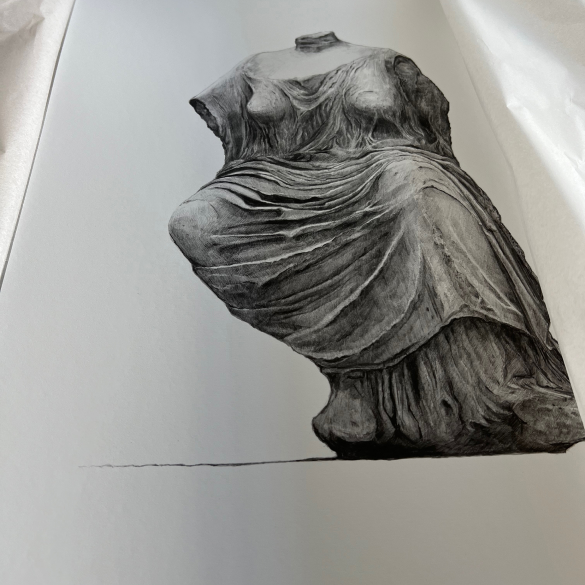
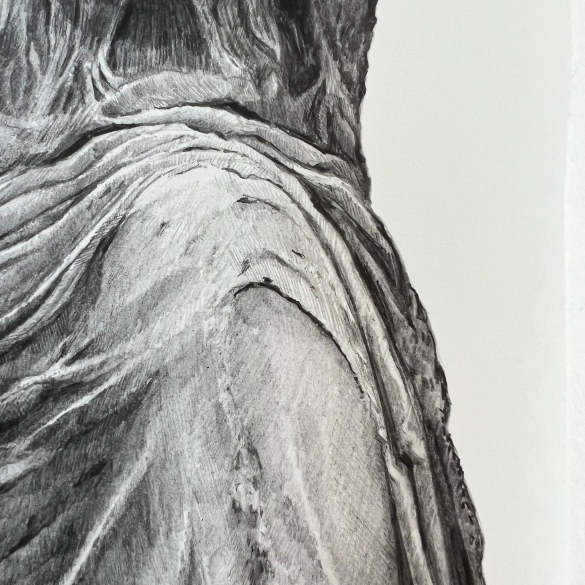
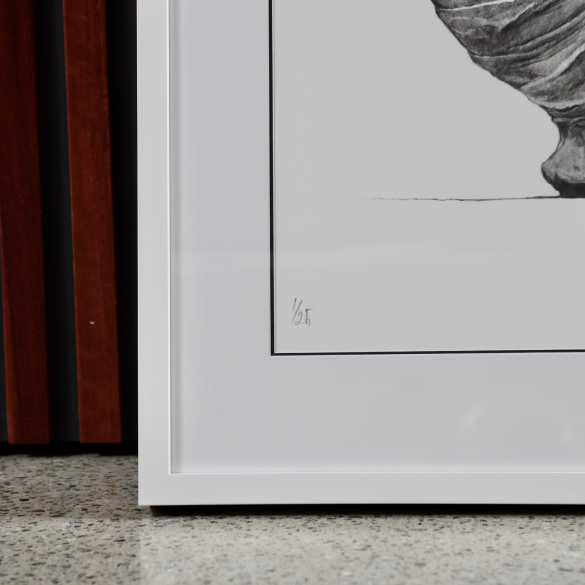
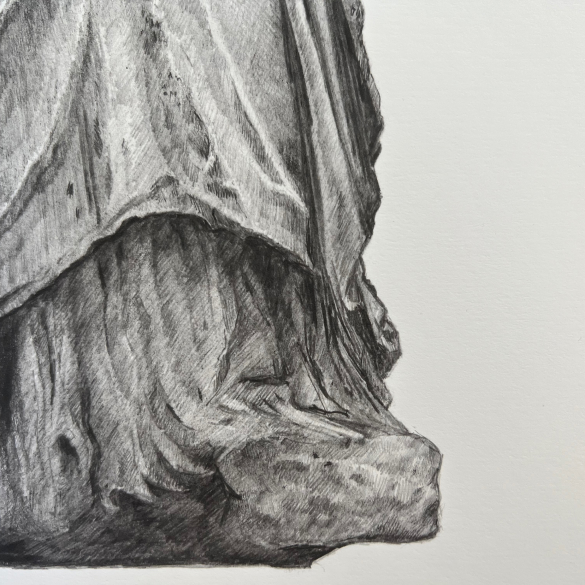
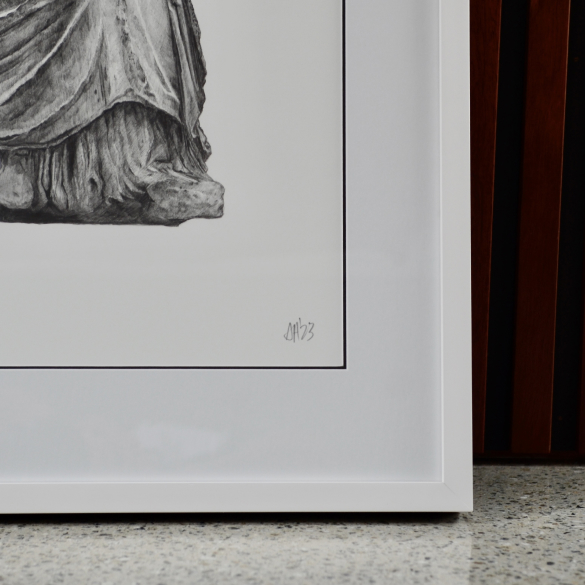
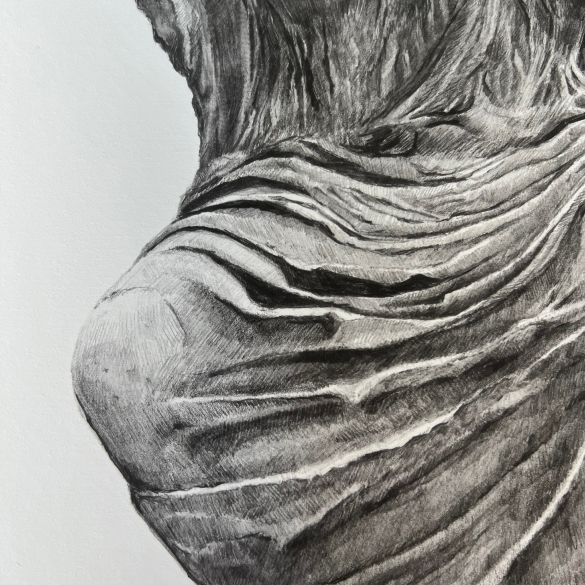
The daughter of the gods Cronus and Rhea — the goddess of the hearth, the home and family.
Hestia represented and presided over domestic and civic life in Ancient Greece, being referred to by Homer as "the chief among goddesses".
In ancient mythology Hestia gave up her position in the pantheon of the 12 Olympian Gods to tend the hearth on Olympus.
Hestia is often represented seated, tending to fire (the hearth) — a central aspect of every home in ancient times — presiding over sacrificial offerings in a position of reverence as the central figure of the home.
This illustration is of a sculpture of the goddess Hestia created by Pheidias in 438BC - 432BC which once resided on the east pediment of the ancient Parthenon before it was taken by British military.
The sculpture was stripped off the Parthenon's east pediment (the large triangular roof structure of the Parthenon) by British military in 1801 who then took this and many of the Parthenon's sculptures to England where they reside to this day in London's British Museum.
"You must understand what the Parthenon Marbles mean to us. They are our pride. They are our sacrifices.
They are the supreme symbol of nobility.
They are a tribute to democratic philosophy.
They are our aspiration and our name.
They are the essence of Greekness."
Melina Mercouri, Athens Greece
Hestia.
Location
British Museum, Item No. 1816,0610.405
Museum Title
Series: The Parthenon Sculptures
Produced by Pheidias
Culture Classical Greek
Production date 438BC - 432BC
Made in Athens, Greece
Material Marble
A marble statue from the East pediment of the Parthenon. The East pediment showed the miraculous birth of the goddess Athena from the head of her father Zeus.
Many of the figures from the central scene are now fragmentary or entirely lost.
The femail figure (pictured) sits on a rock, covered with a himation. She is on the point of turning around or perhaps rising and tucks her right foot in to lever herself up. She sits higher than her neighbour and wears sandals with thick soles, a chiton with sleeves and overfall, and a himation, covering her legs and back. Her chiton slips off the right shoulder. The head and both arms are missing.
Together with East Pediment L and M, they are perhaps, from left to right, Hestia, Dione, and her daughter Aphrodite.
Source British Museum
Photograph by Bill Zules
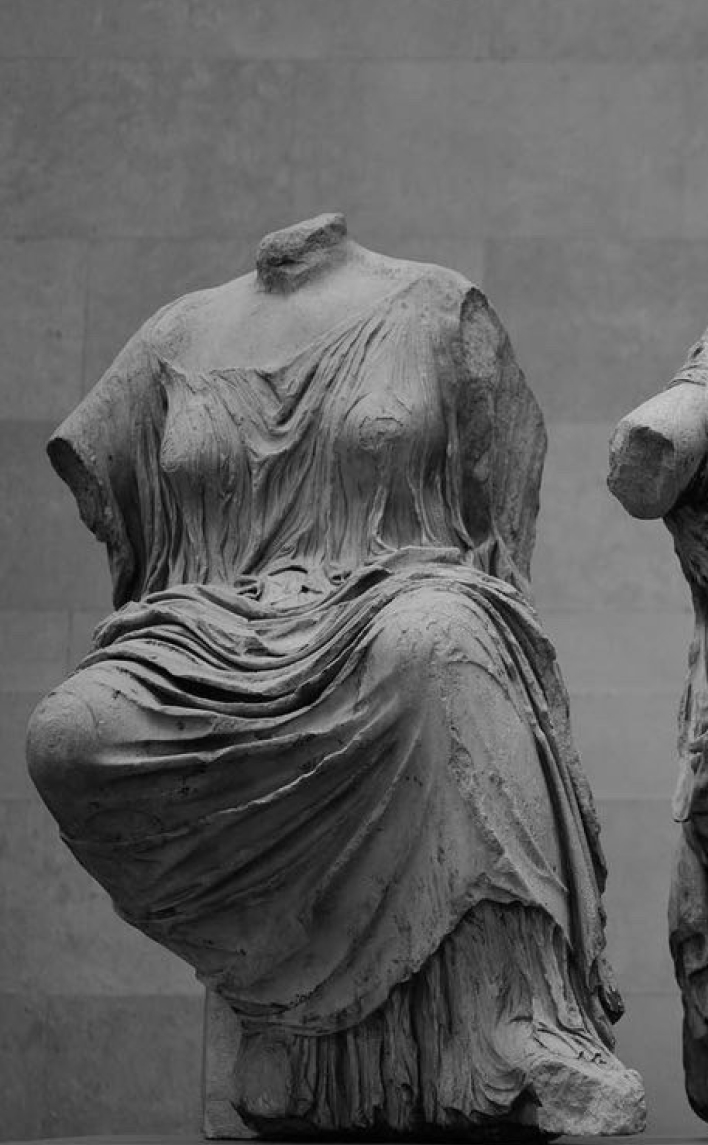
Print & Frame
Giclee art print.
Custom-frame to order.
Allow 2-4 weeks
for custom-framing.
Safely packed
All frames are safely packed
to avoid damage during shipping.
World-wide shipping
Australia-wide shipping.
International shipping.
Local pick up available in Melbourne, Australia.
Shipping calculated once your order is submitted and charged to you seperately.
Subscribe to be notified of new print releases.
© Dimitri Antonopoulos
